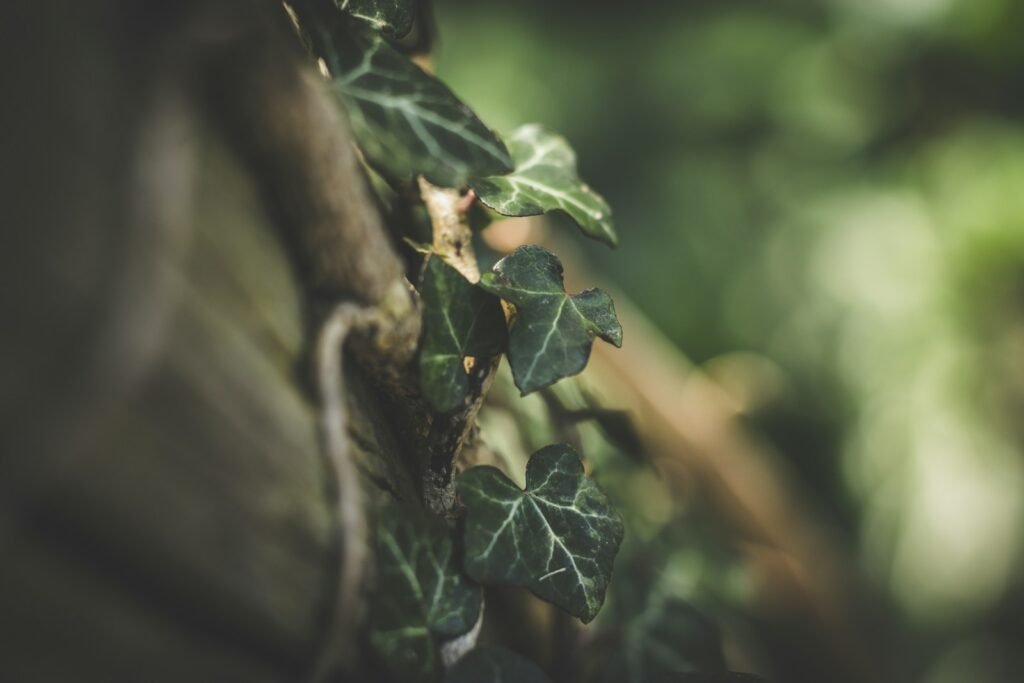Imagine a forest where sunlight is a prize and every plant is quietly battling for its share. It’s a world without words, but with fierce competition. In this silent struggle, some plants seem to go beyond simple survival. They twist, climb, and even change their very appearance to steal the spotlight—sometimes quite literally—from their neighbors. But can plants truly feel jealousy? Or is it just a clever trick of nature? Let’s take a closer look at the science behind one extraordinary vine that appears to outshine those around it, and discover what this means about the lives of the plants all around us.
The Secret Lives of Vines: More Than Meets the Eye
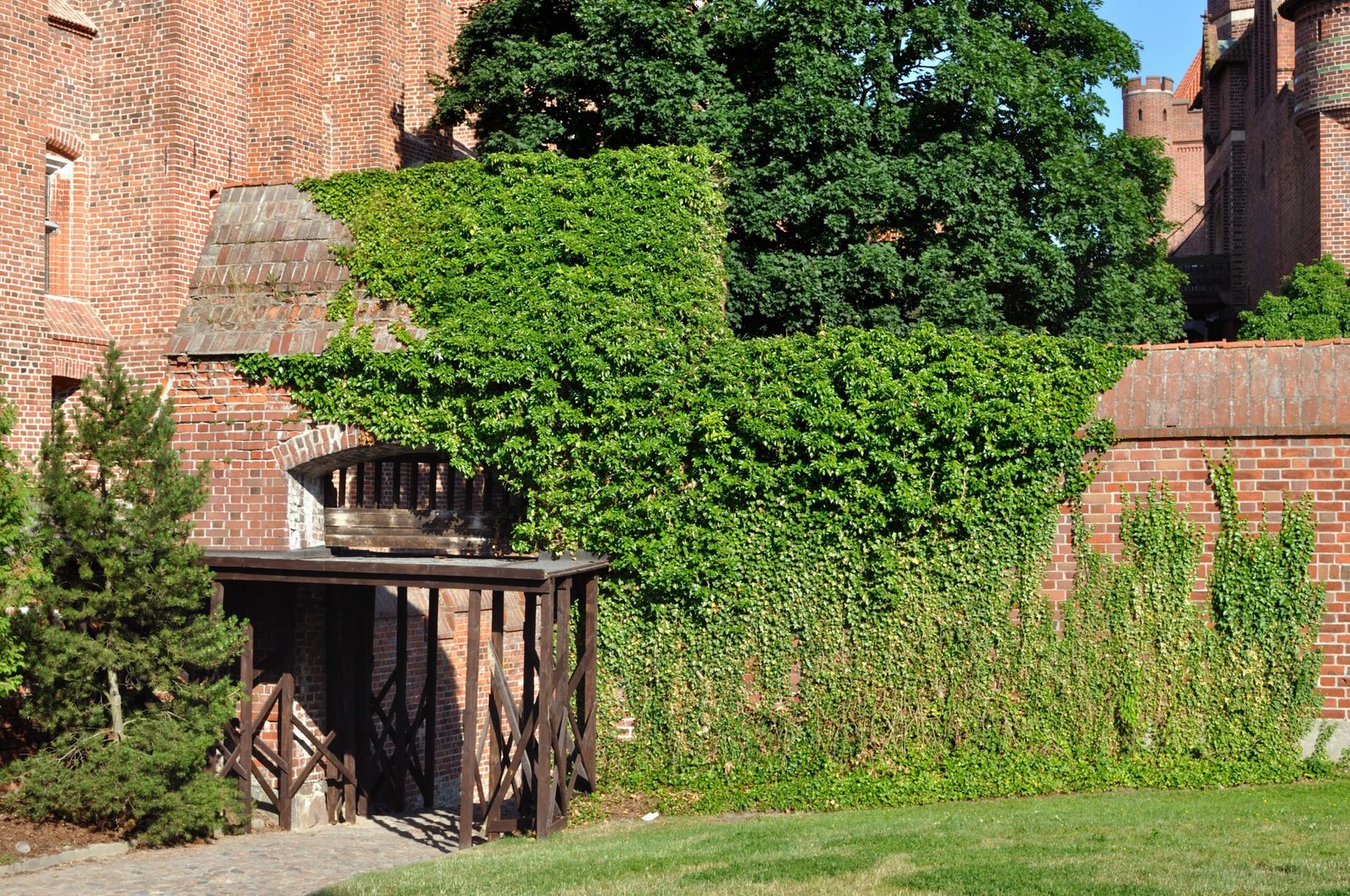
Vines are not just passive green threads draped over trees or fences. They are relentless climbers, always searching for new ways to reach the sun. Some vines, like the legendary kudzu or the crafty morning glory, can stretch meters in a single season. But what’s truly fascinating is how these plants sense their surroundings and respond almost as if they’re aware of their neighbors’ successes. In crowded jungles or gardens, vines have evolved to detect competition and adjust their growth. This ability gives them an edge, allowing them to “outgrow” or even “outshine” their rivals. It’s a botanical arms race, played out in slow motion.
Understanding Plant Competition: The Battle for Light

Unlike animals, plants can’t run or hide. Their battles are quiet but intense. Light is the ultimate prize, and only those who capture enough can thrive. When a vine senses that it’s shaded by a neighbor, it doesn’t just give up. Instead, it stretches, leans, or twists to find a new angle for sunlight. Some even grow broader leaves or brighter flowers to attract more pollinators. This subtle, never-ending dance for resources is what scientists call “plant competition.” It’s not about emotions like jealousy, but the results look surprisingly similar—one plant trying to get ahead at the expense of another.
Sensing the Competition: How Plants Know Their Neighbors
You might wonder, how can a plant know what’s happening next door? Plants are masters of perception. They can detect changes in light quality, especially the ratio of red to far-red light, which shifts when other plants are nearby. This signal tells a vine that it’s being shaded, and it must act fast. Some even “smell” chemical signals released by stressed or damaged neighbors. Roots can sense when others are close and steer away to avoid a clash. It’s a world of silent signals, but they’re as real and effective as a shout in the wild.
The Star Performer: The Flame Lily’s Shocking Strategy
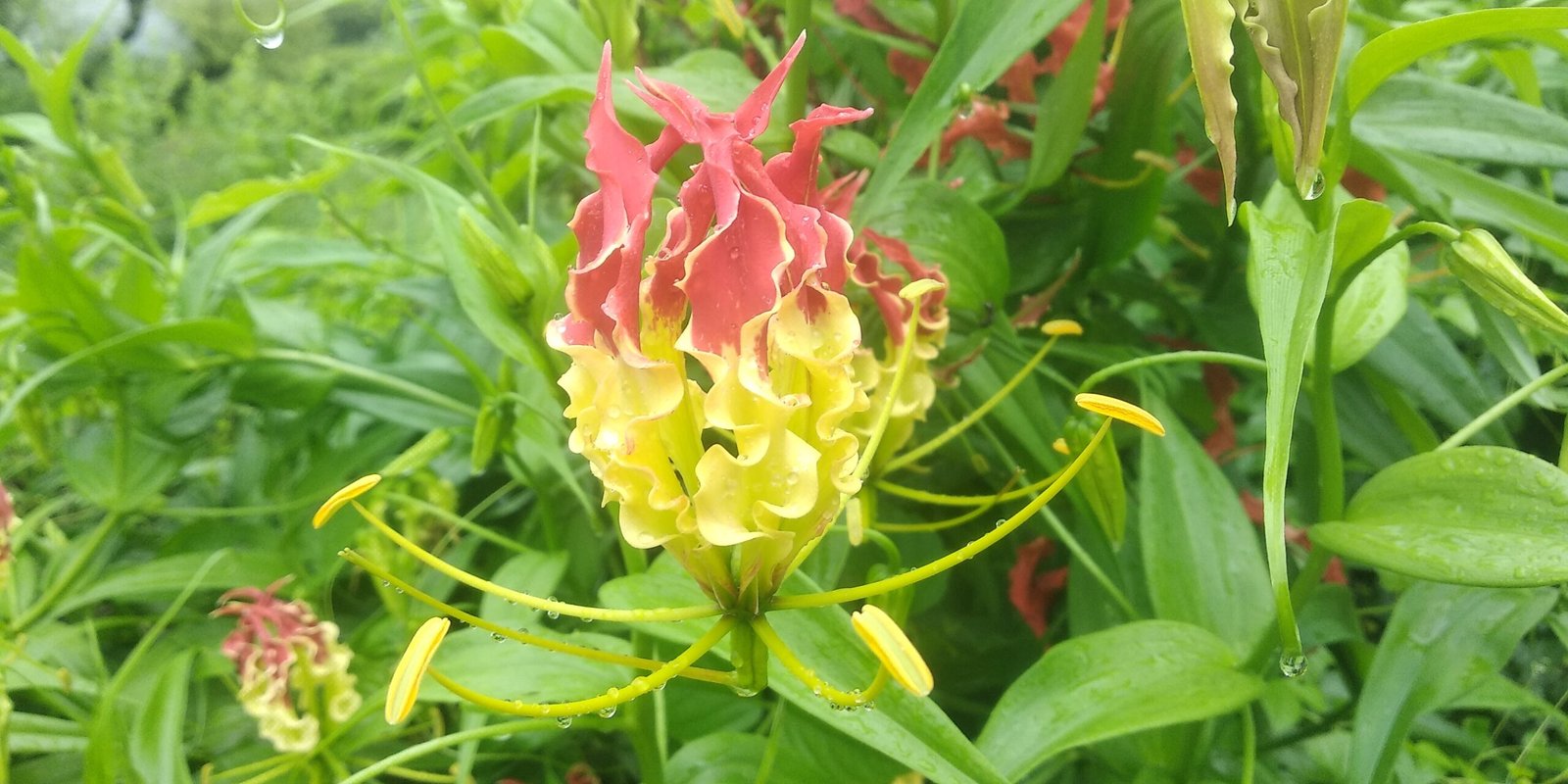
One of the most dramatic examples of a vine that seems to outshine its neighbors is the flame lily (Gloriosa superba). Its fiery petals aren’t just beautiful—they’re a calculated show. When surrounded by other plants, the flame lily ramps up its color and size, making its flowers almost impossible to ignore. Pollinators flock to it, leaving less attention for competing plants. This strategy isn’t about emotion, but about maximizing success in a crowded world. The flame lily’s approach is so aggressive that scientists have compared it to a plant version of “showing off.”
Light Sabotage: Throwing Shade on the Competition
Some vines don’t just try to get more light—they actively block it from their rivals. By growing large leaves or sprawling over other plants, they create deep shade underneath. This can starve neighboring plants, leaving them stunted or even killing them. It’s a ruthless tactic, but one that works remarkably well. In tropical forests, certain lianas (woody vines) are notorious for smothering entire trees, turning sunlight into an exclusive resource. It’s nature’s equivalent of building a wall to keep the best views for yourself.
Color Wars: Outshining with Brighter Petals
In the world of flowers, being noticed is everything. Some vines have evolved petals that change color depending on how much competition they face. For example, morning glories can produce deeper, more vibrant blues when surrounded by rivals. The brighter the flower, the more likely it is to attract pollinators like bees and butterflies. This is a direct response to competition—almost like a plant saying, “Look at me, not them!” It’s a vivid, visual battle that plays out every spring and summer.
Growth Spurts: Racing to the Top
Speed is another weapon in a vine’s arsenal. When a vine senses that it’s falling behind, it can accelerate its growth, shooting upwards or outwards to reach the sunniest spots first. Some species, like the common bean vine, can double their growth rate when crowded. This rapid surge is fueled by hormones that respond to changes in light and touch. The result? A leafy race to the top, where only the fastest climbers win.
Root Rivalries: Underground Battles
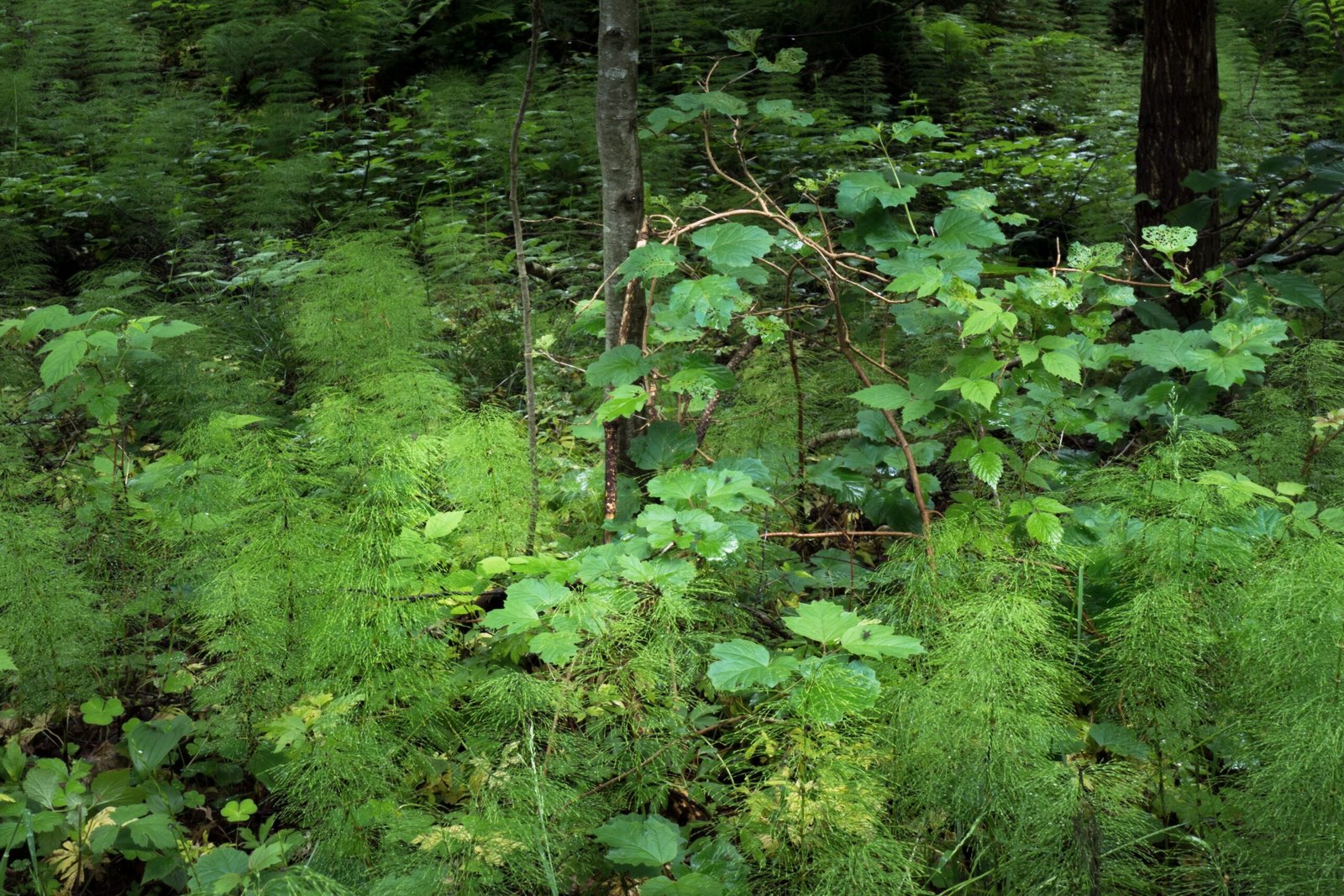
Above ground isn’t the only place where vines fight for dominance. Underground, their roots are locked in a silent struggle for water and nutrients. Some vines send out extra roots to steal resources from nearby competitors. Others release chemicals that inhibit the growth of rivals—a process called allelopathy. It’s a hidden war that can decide which plant flourishes and which fades away, all beneath the surface.
Mimicry and Camouflage: Tricks of the Plant World
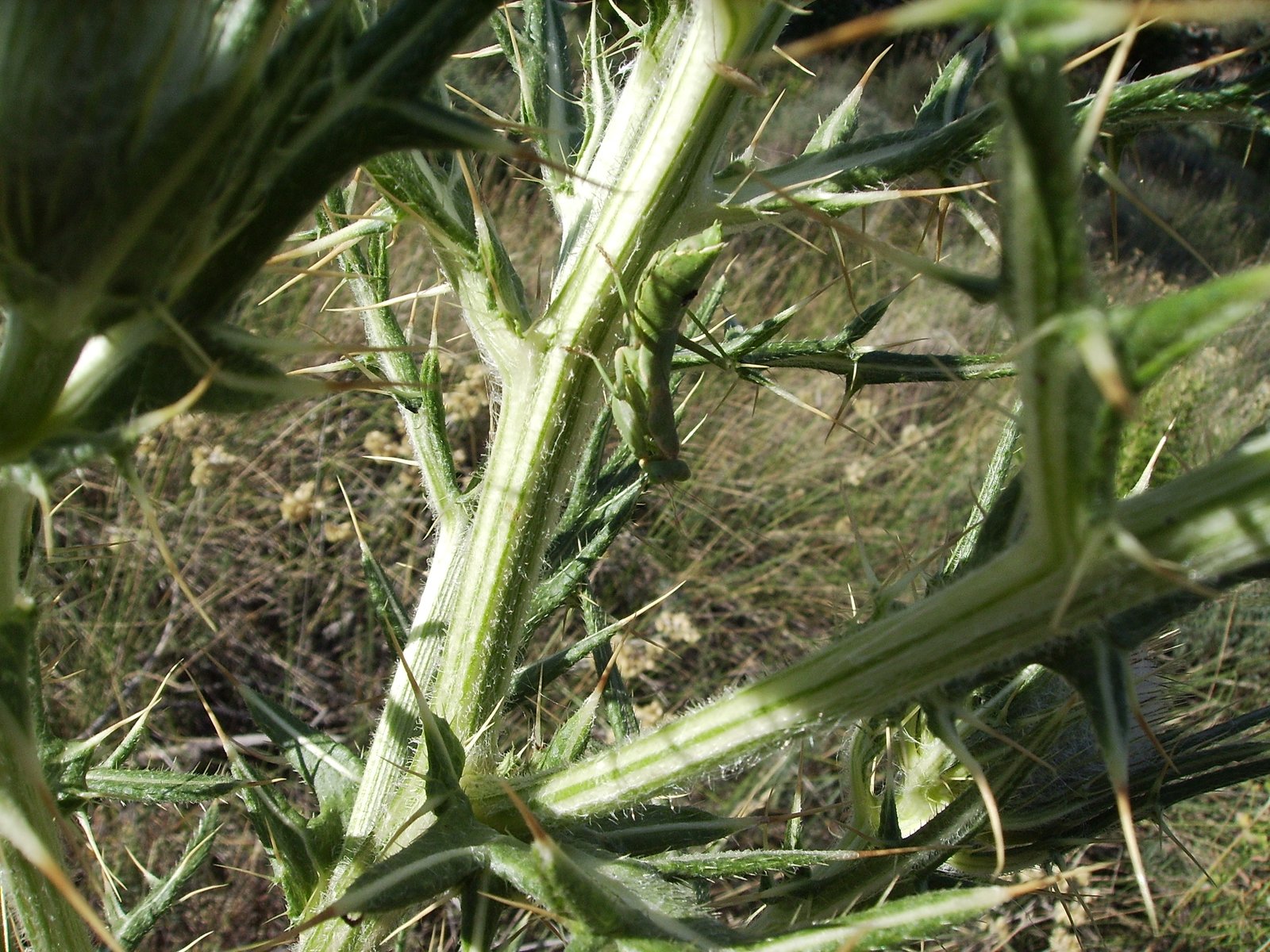
Believe it or not, some vines have learned to mimic the appearance of their competitors. By copying leaf shapes or colors, they can blend in and avoid being eaten by hungry herbivores. In other cases, mimicry helps them sneak past defenses or deceive pollinators into visiting their flowers. This isn’t jealousy in the human sense, but it shows just how cunning plants can be when it comes to survival.
Chlorophyll Games: Greener Than Thou
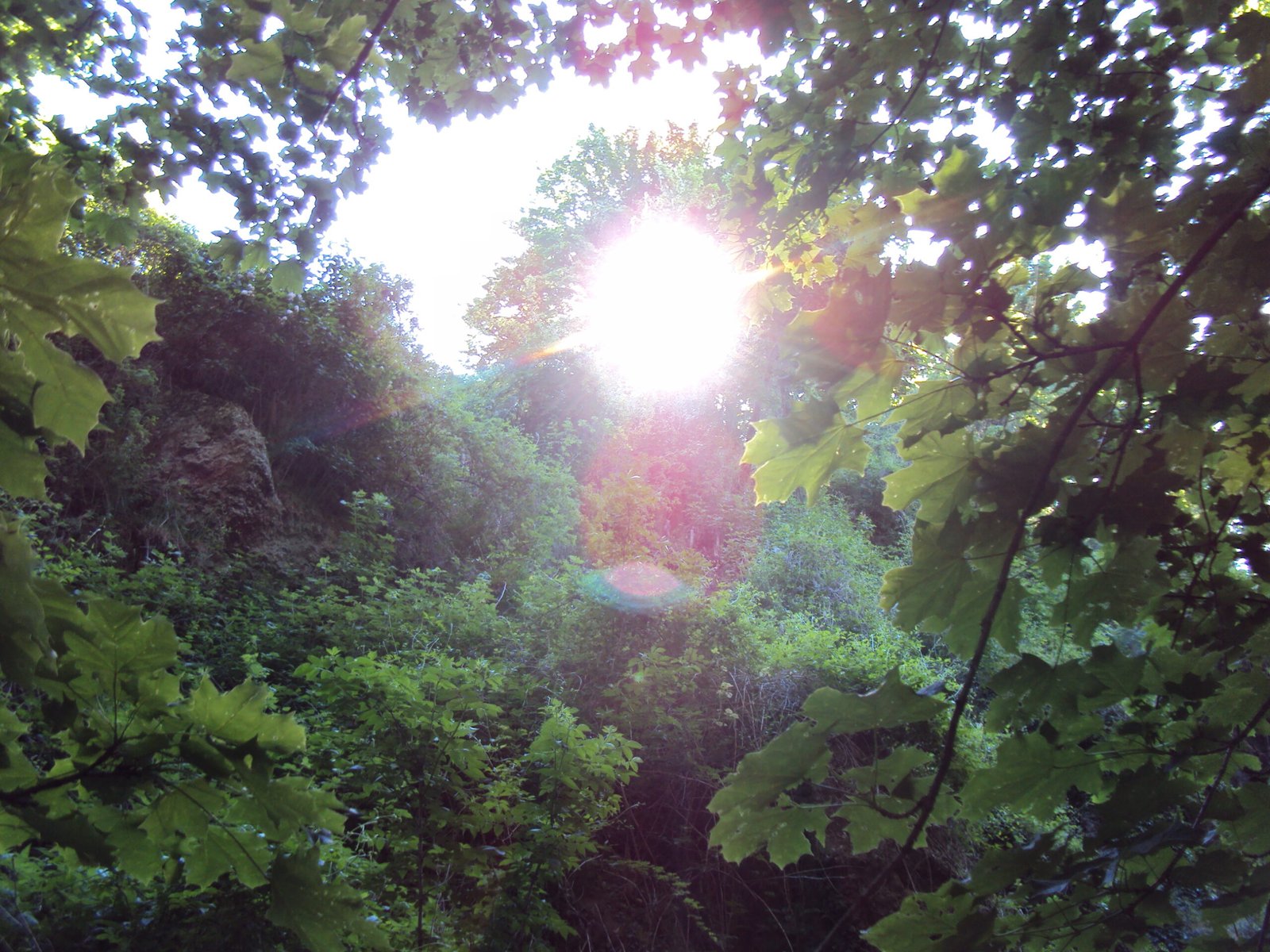
Chlorophyll is the green pigment that lets plants capture sunlight for photosynthesis. Some vines can produce more chlorophyll when they’re in crowded environments, making their leaves darker and more efficient at capturing limited light. This gives them a subtle but powerful advantage over paler neighbors. It’s a quiet arms race for every ray of sunshine, painted in shades of green.
Hormonal Hijinks: The Role of Plant Hormones
Behind every burst of growth or change in color is a cocktail of plant hormones. Chemicals like auxins and gibberellins tell vines when to stretch, when to flower, and even when to drop their leaves. These hormones are finely tuned to environmental cues, such as touch from a nearby stem or a drop in light. When competition heats up, hormone levels spike, fueling the vine’s quest to outshine its neighbors.
The Illusion of Jealousy: Is It Real?
It’s tempting to think of these behaviors as jealousy—after all, vines seem to go out of their way to beat the competition. But plant scientists caution that what looks like emotion is really an evolved response to competition. Plants don’t have brains or feelings, but they do have incredibly sophisticated mechanisms for sensing and responding to their environment. The result is a kind of “plant strategy” that mimics human rivalry, without any actual feelings involved.
Lessons from the Vine: What Plants Teach Us About Competition

Watching a vine outgrow its rivals can be surprisingly inspiring. It’s a reminder that competition is a universal force in nature, driving innovation and adaptation at every level. The strategies plants use—stretching, shading, brightening, and racing—mirror the struggles we see in the animal kingdom, and even in human society. It’s a testament to the creativity of evolution and the endless ways life finds to get ahead.
Human Impact: How We Influence Plant Battles
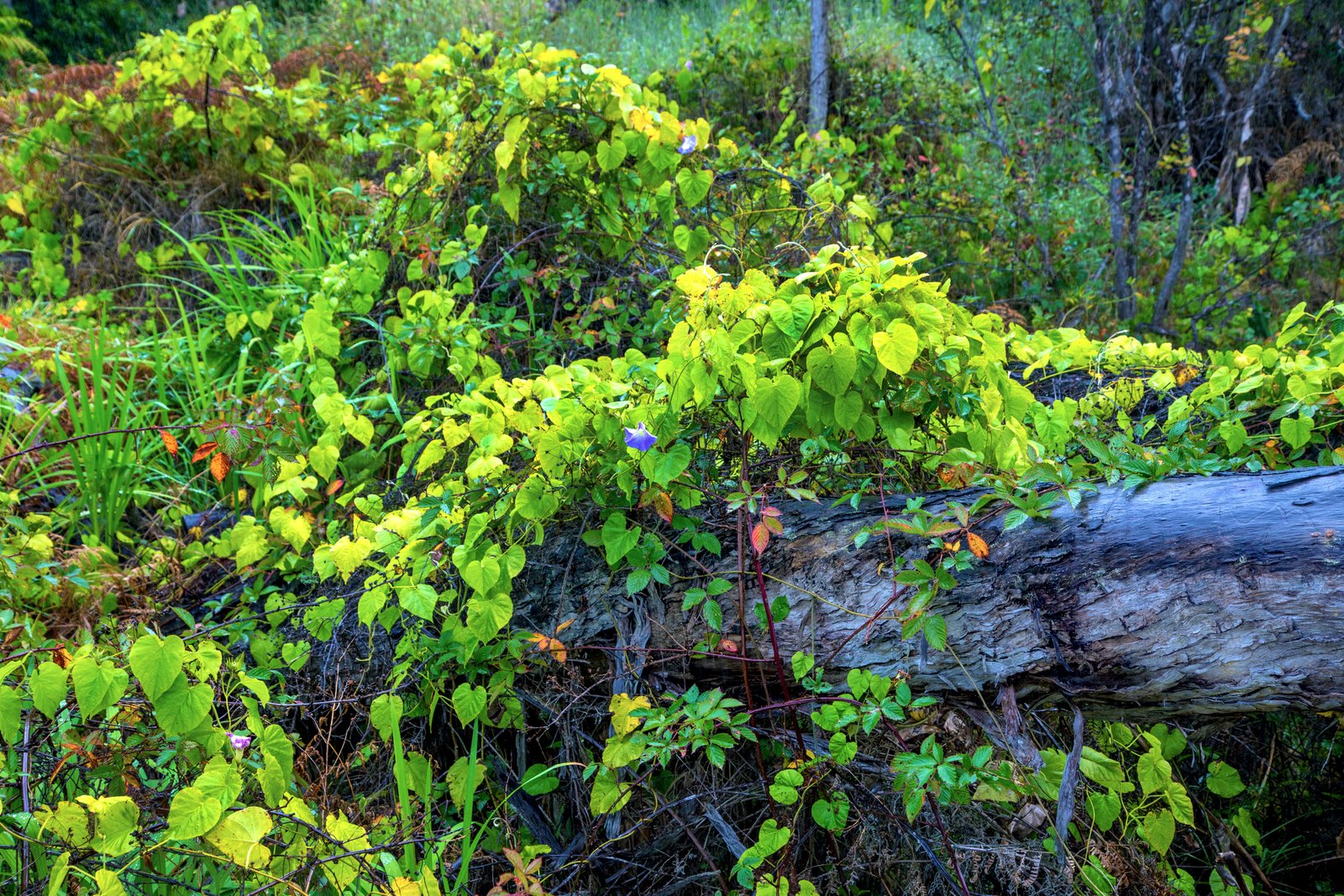
Humans aren’t just observers in these plant dramas. When we garden, farm, or clear forests, we change the rules of competition. Some vines become invasive, overwhelming native plants and reshaping entire ecosystems. Our choices about which plants to grow or remove can tip the balance, sometimes with unexpected consequences. Understanding the secret lives of vines can help us become better stewards of the green world around us.
A Surprising Connection: Plants, People, and Emotions
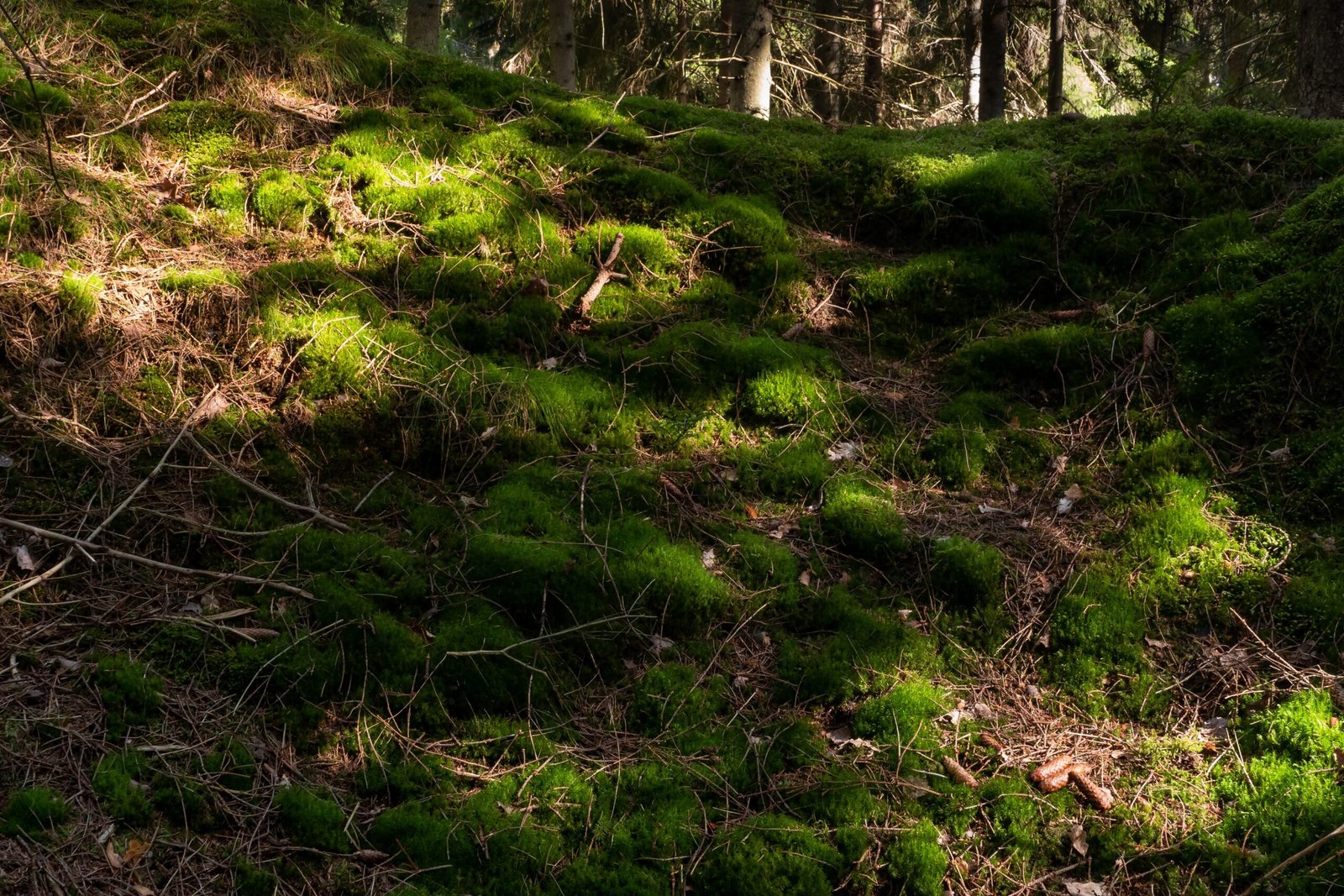
While plants don’t feel jealousy the way people do, their competitive behaviors resonate with us for a reason. We see echoes of our own ambitions, struggles, and desires in their relentless quest for sunlight. This connection can foster empathy, curiosity, and respect for the silent battles all around us. The next time you see a vine climbing toward the sky or a flower shining brighter than the rest, you might just wonder—what’s really going on beneath those leaves?
Nature’s Endless Drama: The Takeaway
The story of the jealous vine is more than a quirky tale—it’s a window into the hidden dramas unfolding in every garden, forest, and field. Plants may not feel emotions, but their strategies are as complex and captivating as any rivalry. By paying attention to these subtle, spectacular battles, we gain a new appreciation for the intelligence and ingenuity of the plant world. Who knew that the race for sunlight could be so thrilling?

